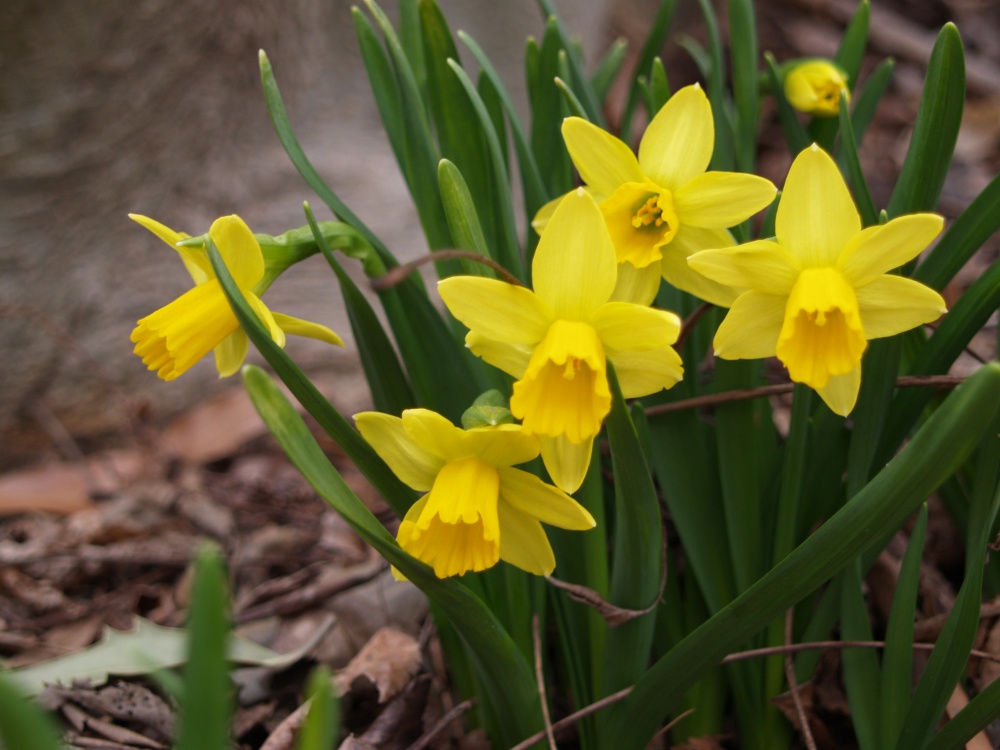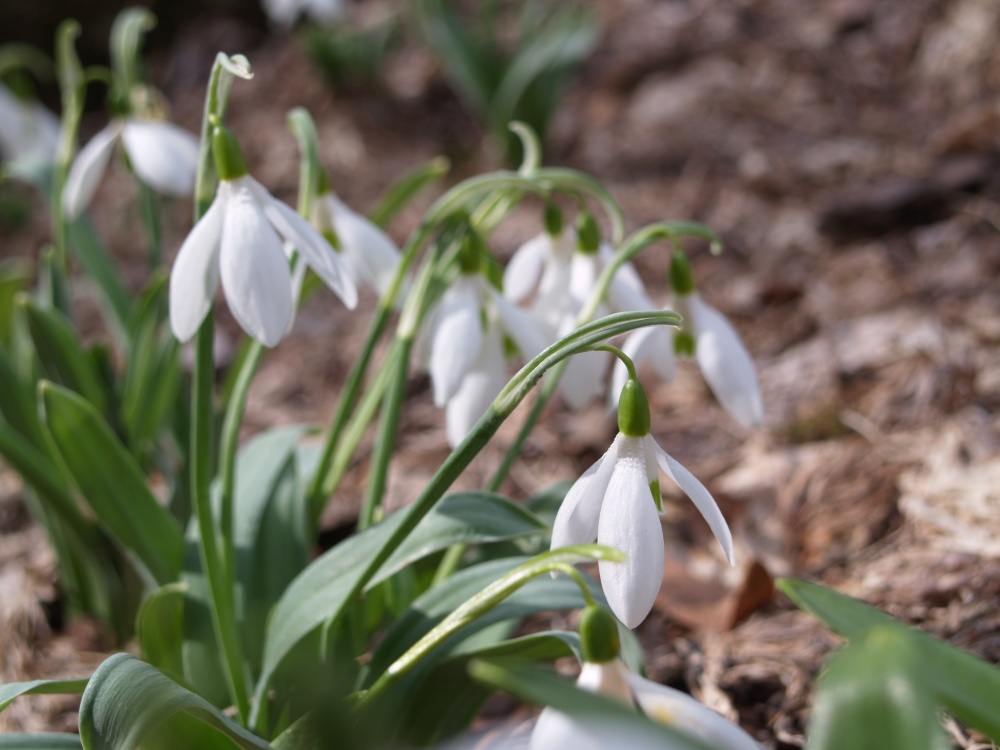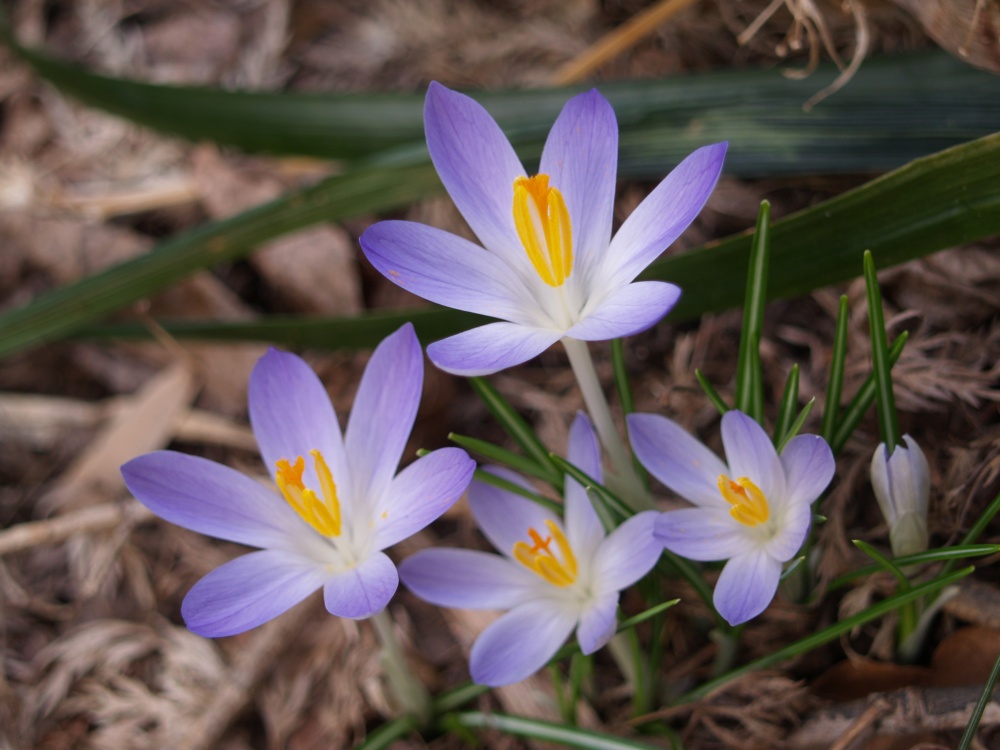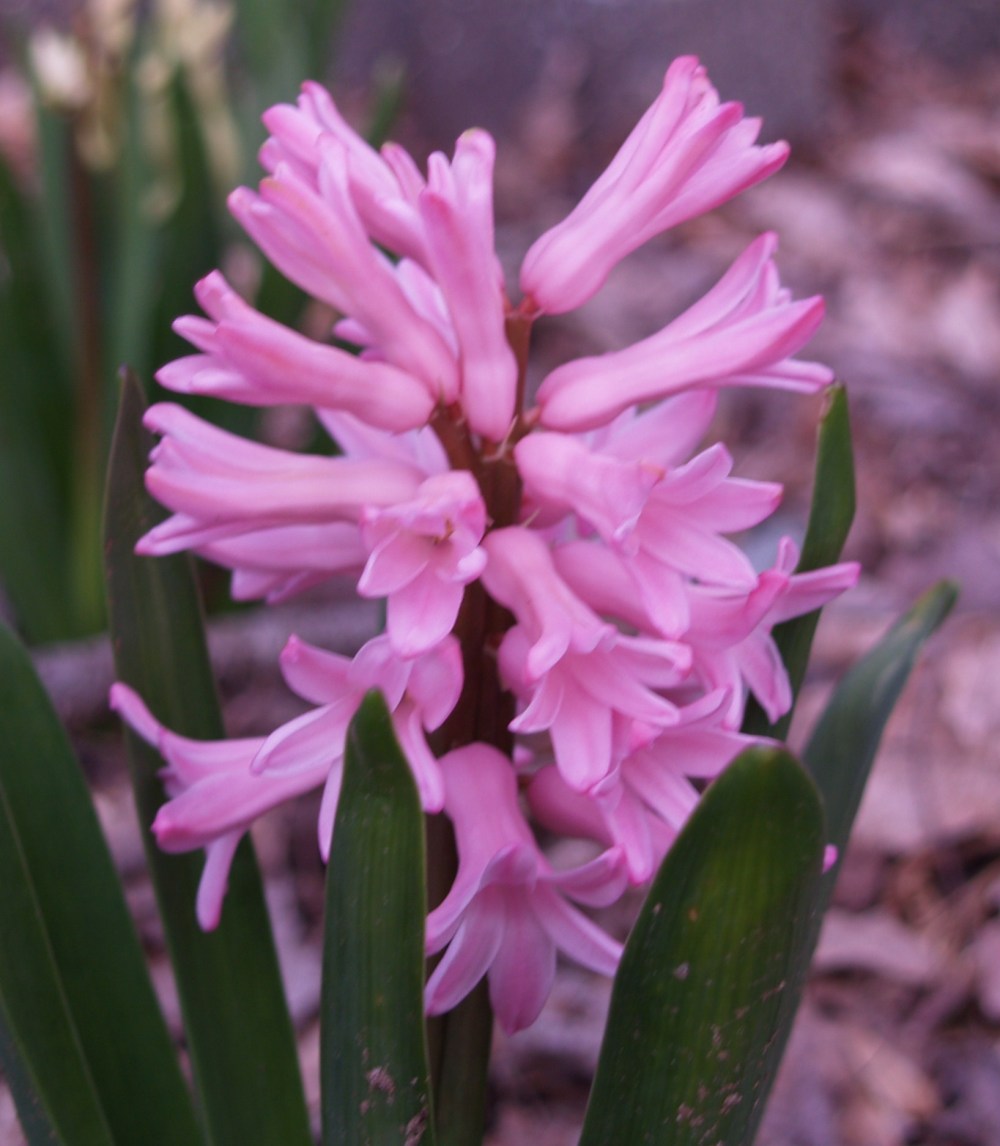I’ve little doubt that ‘February Gold’ daffodils (Narcissus ‘February Gold’, below) flower in February, somewhere, but rarely does this occur in my northwestern Virginia garden. Typically, this event is delayed until the first week of March, occasionally the second, and this year the first hint of the yellow flowers was the first day of spring. Peak bloom will be at least a week later since another spell of cold temperatures further slowed the flowers’ progress.
In a low point of foothills that soon turn to the Blue Ridge Mountains, frost settles to make this garden cooler than surrounding properties. And, the ever expanding clump of ‘February Gold’ is stationed beneath a wide spreading ‘Jane’ magnolia that provides just enough shade to further cool and delay flowering. The tardiness of spring temperatures is mostly to blame for the late blooms, but despite the continued foul weather, finally it seems that winter is beginning to ease into spring.
I’ve planted an assortment of dwarf and full size daffodils, and while all are budded, ‘February Gold’ is the only one showing any color. The blooms of all are delightful, and each year while they’re blooming I note that I must plant more daffodils in early autumn, particularly more of the early flowering types. But, as many things go, when the time rolls around I’m distracted, or whatever, and then the time to plant is past. Bulbs are available just about anywhere, so there’s little excuse for failing to purchase more. Planting can be done just about anytime from late September into December, and even in January if the ground isn’t frozen. And, cost is hardly an issue, since several handfuls of bulbs can be purchased for the cost of a single shrub or hellebore, and I add these each year by the dozens.
Of course, daffodils are not the only spring flowering bulb that the gardener should add to the list that must be purchased in September. Snowdrops (Galanthus spp., above) are smaller bulbs and less expensive, at least the standard types are. There’s much to enjoy about bulbs that flower in February, and sometimes even in January if there are a few warm weeks. The flowers are not damaged by any amount of cold in this area, though they are small enough to be buried by any significant snowfall. With little effort the gardener can find dozens of varieties of snowdrops, with some at premium prices, but for most of us the differences are hardly distinguishable to substantiate the additional expense to purchase any but the most common sorts.
Crocuses (above) are lovely, but the tiny bulbs are subject to pilfering by hungry squirrels, and my clump of dozens grows smaller by the year. Some gardeners make extraordinary efforts to thwart theft of their bulbs, but I’m content only to plant those that the squirrels don’t bother with. One year, long ago, I planted a thousand or so tulips in every color and flower form I could find, somehow figuring that in the relatively well drained soil of the upper parts of the garden the persnickety bulbs would persist from year to year.
The first spring the bulbs were magnificent, but by the following winter the squirrels had dug out too many to count. It’s hard to imagine how they could consume so many, but then many of the bulbs that weren’t pilfered perished due to drainage that still was not sufficient. By the third year, only a few remained, and as you would guess I’ve not wasted any further expense with tulips. If you decide that their beauty overrides all common sense, you must be prepared to dig the bulbs and store them, or to treat them as annuals.
While daffodils and snowdrops multiply and often gain vigor with age, hyacinths (above) slowly diminish, though the bulbs will often persist for a decade or two. This is not a trouble with squirrels, but a bulb that very gradually grows weaker. I am not the type gardener who conscientiously applies a tablespoon or two of fertilizer to each bulb annually, so I cannot address whether the bulbs maintain vigor with greater care, but in any case it’s not such a bad deal for a bulb to supply twenty years of color for a quarter apiece (probably a dollar each today).
If you cover newly planted crocus with chicken wire, the squirrels won’t be able to eat them. You can cover the chicken wire with mulch.
Beautiful photos! My snowdrops finally popped up–three weeks later than last year!
Somehow I’m happy that someone’s garden is later than mine. I think we’ll be doing a lot of catching up this week.
Speaking of squirrels, we had planted perhaps 10 crocuses on the relatively sunny side of our driveway, in a random no-pattern. Nowhere else. That was at least three years ago, and they are the first bloomers each year. As soon as the snow cleared a few days ago here in Northern Virginia, we noticed one lonely crocus struggling to poke up through the leaves on the OTHER side of the driveway. We know that neither of us planted it there, so we must conclude that some industrous squirrel dug it out from one side, and moved it to the other side of the driveway where it is now blooming. Trivia, I know, but an amusing story for us. Yet, they haven’t touched the hundreds of daffodils that have grown, bloomed and multiplied under the trees in your back yard.
It’s obvious to me that this furry fellow was hauling more stolen goods than he could carry, and one bulb was left behind. Some bulbs will wander a bit, but I doubt they’re capable of crossing a driveway without assistance.